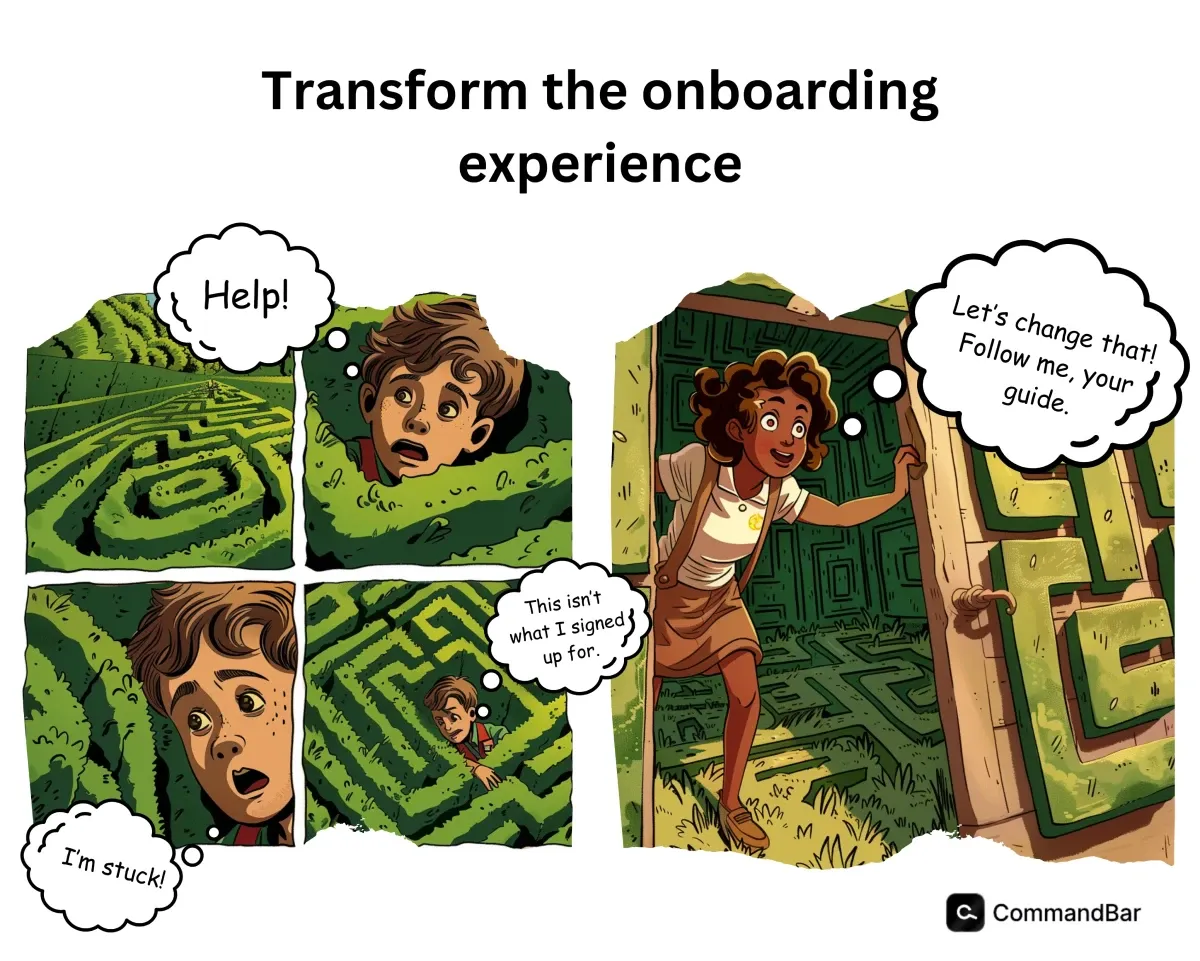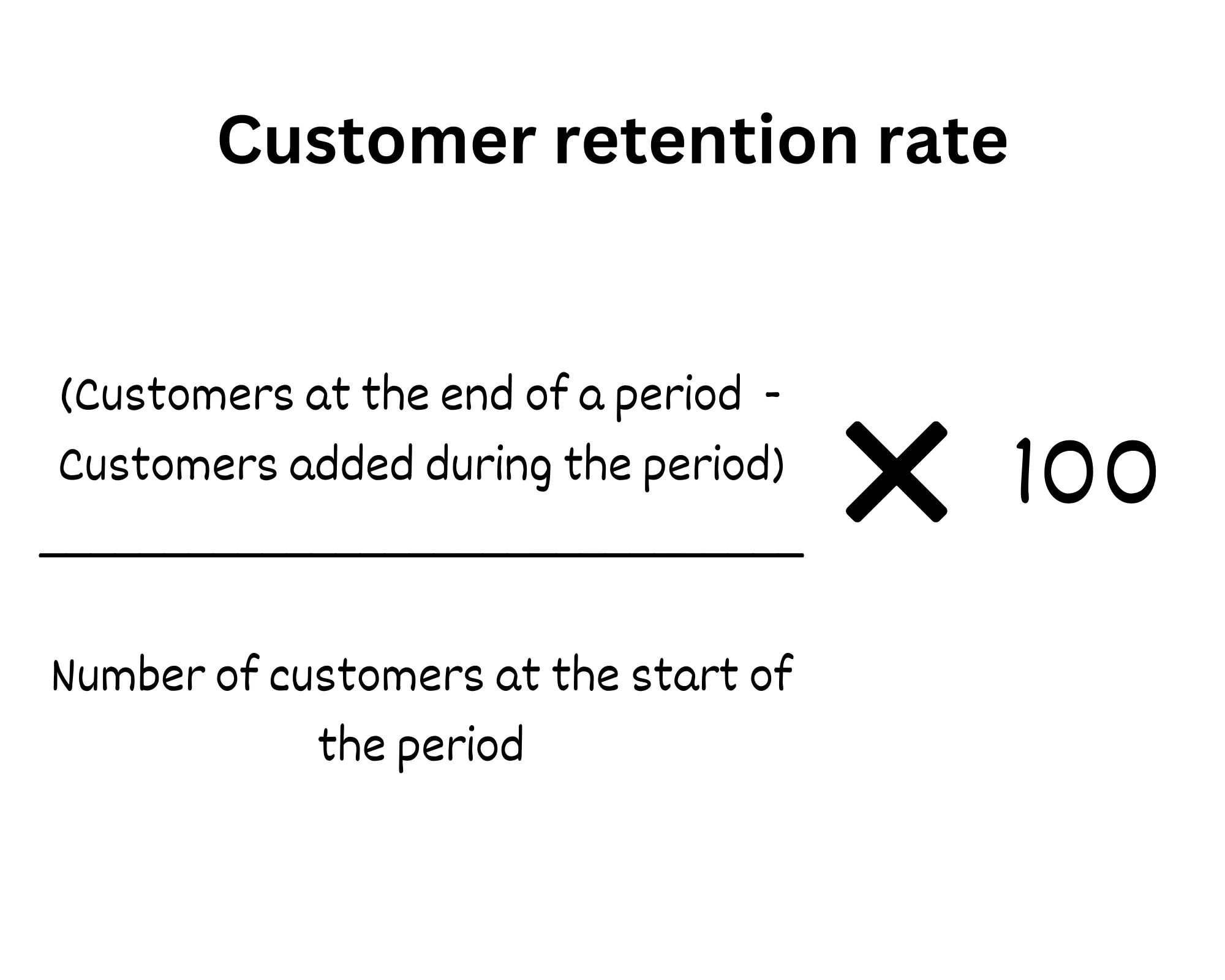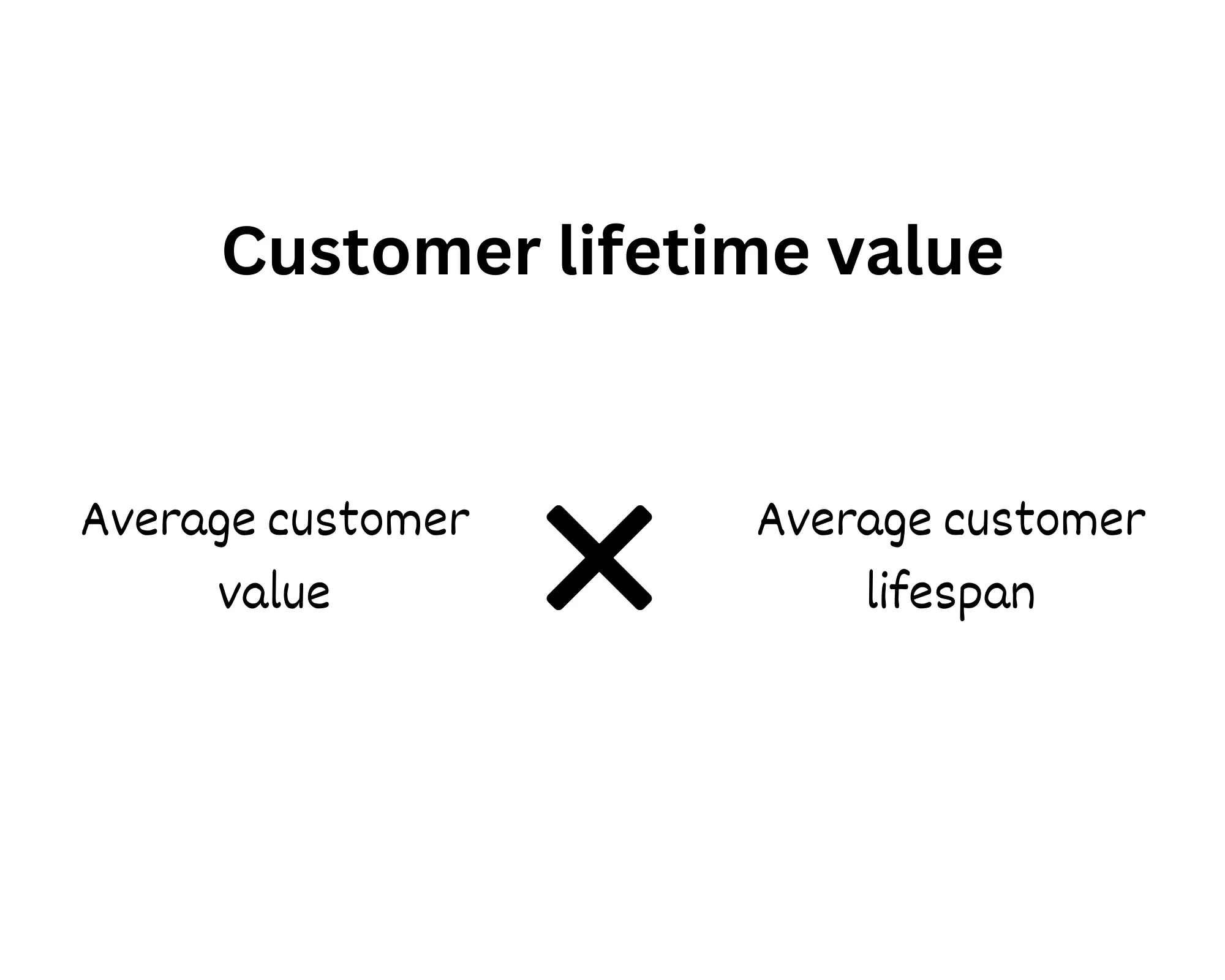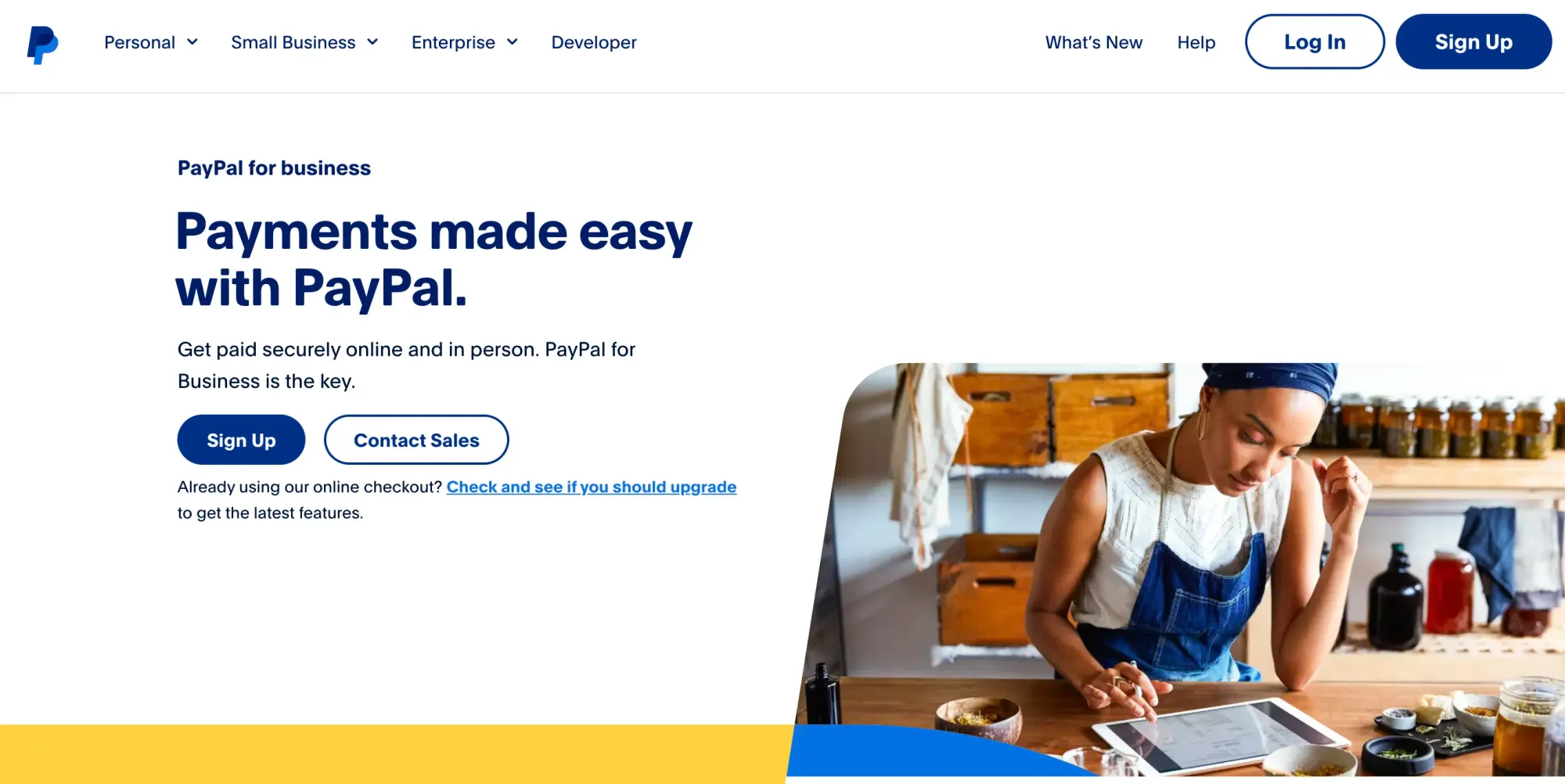We can all picture what a bad experience with an internet company looks like.
The connection is slower than it should be and it keeps cutting in and out. Or maybe there’s an ongoing problem with your bill.
The customer service team bounces your call around to seven different agents, and two hours later, you are no closer to having your issue resolved than before. Not only do you want to end the service, but you want the whole world to know about your poor experience.
While many customers feel they don’t have a choice with so few internet solutions, the company can’t get away with providing poor service forever. That’s why so many internet providers go through brand name changes every decade. Their reputation and customer service experience is so poor it’s beyond recovery.
SaaS companies face the same reality. If the onboarding and customer experience offers confusion and frustration, businesses will lose customers quickly. Over time, we build a reputation for better experiences, and there’s no turning back from a bleak retention rate.
The good news is, this doesn’t have to be your story.
You can lead with a mindset of abundance rather than survival. With the right customer retention strategies and tools, you can provide fun, memorable experiences that increase customer retention and customer lifetime value and help you scale for the future.
Your internet might not be high-speed, but your retention improvement plan can be.

Why investing in customer retention tools is a key growth strategy
As businesses, we are constantly focused on growth and creating better products for repeat customers. However, as we develop a plan to scale, we often miss the most critical component: to retain customers we already have.
Customer acquisition is expensive, and if you aren’t obsessing over retention, your business can erode over time. It’s like a household that’s increasing its income while at the same time doubling its expenses. No matter how much money is coming in, the household will eventually go bankrupt.
A declining or poor customer retention rate is a red flag. You can tackle the issue or let it get swept under the rug.
Thankfully, you don’t have to invest all your resources and time in customer retention while still making it a top priority. Customer retention software streamlines your process and provides better analytics and metrics that give you a clearer picture of your customer retention rate.
A customer retention platform offers immediate benefits:
1. Saved costs
Keeping the same customer is much less expensive than getting a new one. You can save costs when you retain customers as you scale and grow for more users. Eventually, you increase the customer lifetime value and add more revenue to your business.
2. Better customer insights (and informed growth strategies)
As you nurture your customers and provide better experiences, you gather critical information and earn customer trust. You can introduce more relevant and better features over time using both advantages.
You can also sell more packages and add-ons to existing customers in the future, knowing that you are serving their specific needs and have earned the right to provide more value.
3. Long-term customer relationships and ambassadorships
As you develop better customer relationships through informed in-app improvements, you will begin to increase customer satisfaction. Customer loyalty then follows.
These relationships begin to develop into customers who are also key brand advocates. Your super fans become ambassadors and spread the word about your brand.
Your onboarding strategy showed value immediately. Because you continued to improve the experience and provide more relevant value over time, your loyal customers want to share your product. They are no longer interested in competitors and are eager to share about your product with their network
All these benefits sound good, but how do you actually get there?
Addressing churn: The difference between noticing vs. fixing the problem
I remember my parents needed a handyman to do things around the house. Someone recommended a name, and I passed it on.
At first, it sounded like a good deal. His service was cheap. A little too cheap.
My parents quickly found out why.
The handyman cut corners and didn’t do a good job. He summarized the entire experience when my mother pointed at the crooked faucet installation in the tub.
Instead of adjusting it, he responded, “It’s in the master bedroom, right? No one will notice it.”

His retention rate for the new client? It wasn’t looking too good.
The handyman noticed the problem after my mother mentioned it. But his response wasn’t the solution. There’s a big difference between what you know and what you do.
Unfortunately, it can be even more complicated to identify customer churn.
Customers are driven away by incapability and poor customer service. They also run away from challenging usability, difficult team adoption, unjustified or out-of-budget-prices, and more. Users churn for very different reasons, and it’s rare to uncover one specific reason why churn happens. It varies by buyer persona and different user segments.
Most SaaS companies spend too much time attempting to fix churn, run experiments, and push users to do things that might move the needle on retention. But it’s premature when they force quick initiatives to push a feature (and it’s often damaging).
When businesses try to unpack why users churn, it’s too late. Too much time has elapsed between the user’s negative experience and the opportunity to gain actionable customer feedback so you can improve customer retention.
What does a bad customer retention strategy look like vs. a good one?
When you compare a traditional, lackluster strategy of customer retention and a newer, more effective one, the differences are plain as day. The average app’s customer retention looks like this:
- After it’s clear that your customer is unhappy, you send customer surveys after the fact to track down what happened, like a detective three days late (and let’s not kid yourself; you aren’t Sherlock Holmes).
- You tweak your core user experience based on customer feedback, trying to catch up.
- Your company adds popups that address key points of confusion as a one-size-fits-all for every user (and new customers get a poor experience).
The modern customer retention strategy, led by platforms like CommandBar, offers a new narrative that works:
- Your platform constantly detects sources of churn risk with micro surveys and identifying deadends.
- You address key churn drivers for each persona through a combination of personalized assistance responses or nudges. For example, a user asks a question, and the response steers them toward an “aha” moment, or a nudge encourages them to check out a different, more relevant path.
- Your company can use analytics and data to improve the overall experience and continue decreasing churn over time.
Effective customer retention tools find customer issues before they become more significant problems. Then, they help you fix those obstacles, iterate, and continuously improve customer retention.
That’s why addressing better retention starts with understanding the why and creating a plan of action based on that revelation.
How to implement an effective customer retention strategy
One way to turn the churn narrative around is to go straight to the source: your users.
You can implement micro surveys that ask users about their experience. This informs your situation and illuminates your paths to increase customer retention.

As described in the image above, customers can easily interact and engage with you during their experiences.
You can start by identifying the “deadends” of the customer journey and user experience. At what point do customers leave? Which features tend to turn customers off? As you find answers to these questions, you can also begin segmenting audiences into groups based on similar traits. This helps you categorize your audience needs and better facilitate personalized journeys.
You can identify plenty of deadends, including some universally common ones. Perhaps users aren’t finding the functionality they expected—either there are feature parity issues or they have a misunderstanding of the tool’s purpose.
Maybe it’s something more subtle, like the way you communicate.
Perhaps the words you use are different from what customers use. Your terminology might be too technical for an audience that doesn’t care or understand. The experience leaves them confused.
Another common issue is when companies map out intent but miss the mark.
Someone signs up for the app wanting to perform a specific task, but you send them on a totally different journey. They feel like Frodo (the hero) in Lord of the Rings, but instead of heading for Mordor (the destination), they’re lost walking circles around the Shire (the starting point).

Talking to your users before, during, and after the customer and product adoption process can solve all of these challenges.
When someone signs up, you should ask them what they want or need from you. From there, you kick- start their journey, guiding them to where they need to be.
One indirect but very effective method is watching user behavior through universal search activity, AI chat assistants, and other key features provided by premium customer retention tools.
We asked James Evans, CEO and co-founder of CommandBar, about this method. He stated:
“The right question to ask is which tools help you understand and which help you fix churn. [Tools that do both identify] deadends (from search and chat) and can give a uniquely high-res understanding of why users are churning.”
Your customer retention tool should offer both the identification features and the action features you need to make a difference and change your company narrative.
Ultimately, you know you’ve found good customer retention software when you aren’t playing catch-up anymore. You’re solving obstacles before they become problems.
Staying proactive: Using customer retention tools for customer satisfaction
If you can get a bird’s-eye view of your platform now, predict where it’s headed, and determine how you can improve it for better results, you’re on the right track for better retention.
It starts by adopting a proactive mindset. Before it’s too late, you can investigate user intent and discover why customers are making the decisions they’re making.
You can identify and measure many of these signals using the right customer retention software tools to improve your user assistance experience.
The key is choosing a platform that’s leading the way to better and more effective customer retention analytics, equipping you with retention features and providing cutting-edge technology for better experiences.
You want customers signing up for your platform to feel as if the onboarding and adoption experience is natural and familiar. It should feel fun and be highly targeted to their specific needs.
If you can understand your customers better than anyone else and provide the personalized experience they need, you’ll undoubtedly offer the best activation a user could ask for. You’ll retain your users, attract more, and scale your company for growth.
OK, show me the numbers: Popular customer retention metrics
There are many ways to measure and assess your customer retention health. We’ve compiled a few that help brands (and that should be available through your customer relationship management and retention tool).
Customer retention rate
The customer retention rate is the primary picture of whether your users are staying or leaving.
The formula is:
(Number of customers at the end of a period – Number of customers added during the period) / (Number of customers at the start of the period) ✕ 100

Customer churn rate
The churn rate tells you who’s leaving.
The formula is:
(Customers that left at the end of a period / Customers at the start of the period) ✕ 100

While the number can be scary, as it’s often too late to save those customers, it can help open the doors to more insights. You can send surveys for customer feedback, review moments when customers stopped using the app, and dissect key analytics to prevent future churn from happening.
Customer usage frequency rate
Customers sometimes say one thing and mean another. Maybe new users seemed happy at first, but over time, they stopped using your app and then eventually stopped paying.
Why did they leave when everything seemed well?
Maybe they saw a one-time value use case but failed to see how they would need your tool daily. Or, it was a helpful tool but a little tricky to navigate.
You can identify clues based on these usage metrics and also identify trends. If you see a certain segment declining in usage, that’s going to give you a signifier of retention and churn.
Calculate the usage frequency by picking a period and counting the number of users who engage with your app or specific features.
Time-to-value
Time-to-value is one of the most critical metrics for customer retention. Suppose you can prove your value as fast as possible and get users to the “aha” moment during the customer activation and customer adoption experience. In that case, you’re already ahead of the game.
Onboarding surveys that ask users why they want to use your app can improve time-to-value. You can send them on their targeted journey when they mention a need or feature.
You can calculate time-to-value by measuring how long it takes to get to the user-targeted value of your product.
Customer lifetime value
Finally, the lifetime value is a long-term metric that helps understand user behavior.
The customer lifetime value can be calculated as:
(Average customer value) ✕ (Average customer lifespan)

The customer lifetime value can give you an idea of how long customers are staying and how much they’re spending for your app solution. You can predict long-term trends as you improve your retention strategy.
Case study: How PayPal gave new users want they wanted

Paypal, the B2B and B2C processing platform, pioneered online payments. If it was like most SaaS companies, the team could have ridden the wave of customer success with overconfidence until their luck ran out. PayPal would’ve then turned into a legacy company, struggling to compete with innovative brands. But that wasn’t the case.
Instead, PayPal took the proactive approach.
In a few years, starting in 2014, PayPal increased its value by sevenfold.
Dan Schulman led the growth and did something very different. Instead of directing customers to its low-cost offering and features, Paypal put user intent first. This would improve the company’s experience, customer retention, and growth.
PayPal allowed customers to decide what they wanted to do (hello, asking customer first!).
When customers logged in, they could decide how they wanted to pay. Even though customers might choose a credit card over a PayPal account (and the brand would earn less), PayPal would solve an immediate need and prove its use case value.
PayPal continued to study user needs through its analytics processes and tools and used the information to improve the UX experience on its app.
Aakash Gupta, the former head of product growth at Affirm, the flexible payment app, and a top voice on LinkedIn, said in his analysis of PayPal’s case, “Putting users first is a product growth lever almost any company in any industry can pull.”
Companies like PayPal benefit from improved user retention by focusing on collecting information, engaging with new users, and giving them what they want the first time.
You can benefit from better customer retention tools, even if you aren’t PayPal and have limited resources.
Today, we can leverage customer retention tools that identify deadends, find opportunities, and provide better customer experiences.
Choosing a solution for a more impactful customer retention strategy
You can partner with a platform that’s driven by customer data. Not only should your tool collect information, but it should help you put your insights into action.
A user assistance platform can provide a scalable and affordable solution for your customer retention improvement plan.
You can benefit from interactive questlists and nudges that direct customers to exactly what they need through a welcoming and enjoyable experience (goodbye, annoying popups).
You can create a personalized product tour for customer activation through strategic onboarding surveys, leading to more customer engagement and customer adoption.
With tools like CommandBar’s in-app help and universal search, you can provide in-depth resources for customers to dive deeper (and identify deadends for improvement).
Using these retention tools and features, you can improve the health of your company, boost customer retention, and better position your SaaS for growth.















